This post may contain affiliate links. If you click through a link and make a purchase, I may receive a commission at no additional cost to you. As an Amazon Associate, I earn from qualifying purchases. Read the full disclosure here.
Mobility exercises are having a moment right now, but they’re not exactly a new concept.
Physical therapists have been addressing mobility for years, but now the fitness industry has gotten a hold of it, so it’s the new sliced bread.
No doubt, you’ve seen cool kids in the gym aggressively foam rolling and wielding PVC piping around, doing “mobility drills” like they’re prepping for the performance of their life. But what is mobility? And why is it such a big deal?
All jokes aside, mobility essentially means how freely and easily you can move your body, and it’s an essential component for injury prevention, no matter what your fitness level.
But there’s a lot more to it. How do you move better? How is mobility training different than flexibility? And why does it matter?
So grab yourself a cup of coffee, and let’s explore these terms so you can get a handle on what’s actually important!
Disclaimer: This content is for educational purposes and is not medical advice. Read the full disclaimer.
What is mobility?
Human movement can get complex in a hurry. Simply put, mobility is how well you can move your joints through your full range of motion and produce desired movements.
The body moves as a whole in patterns, and movement in one area affects movement in another. The better you can move, the better you can perform different activities with less risk of injury.
Struggling to move in desired ways can increase your risk for injuries and impact quality of life.
Mobility is affected by:
- Range of motion (ROM)
- Joint anatomy
- Muscle and soft tissue flexibility (fascia, ligaments, joint capsule)
- Joint health and joint mobility
- Strength
- Overall neuromuscular control while performing movements
What is hypermobility?
Hypermobility is when there is excessive joint movement placing additional stress on tissues like joint capsules and ligaments designed to stabilize the joint.
Hypermobile people are usually referred to as “double-jointed” or “very flexible.”
While hypermobility and Gumby-like yoga poses might look impressive, this excessive mobility doesn’t indicate healthy movement and often increases injury risk (such as joint dislocations).
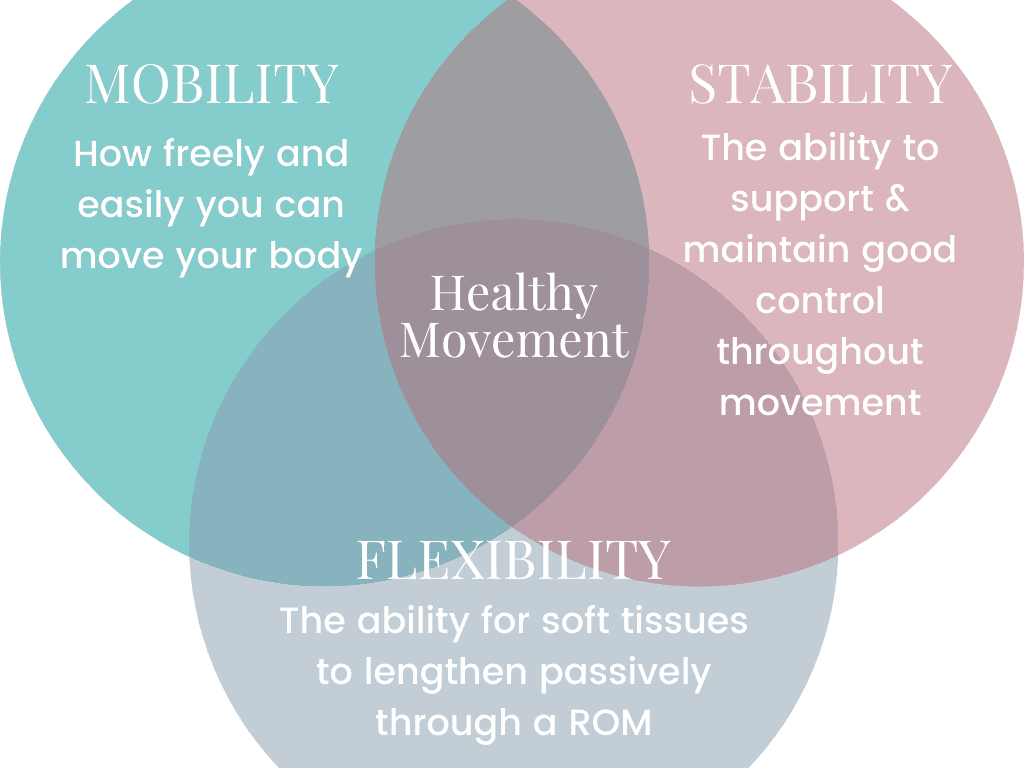
Mobility vs. stability
Stability is the body’s ability to support joints and maintain good control and coordination throughout the movement.
Stability is affected by:
- Joint anatomy
- Joint health
- Strength of muscles surrounding a joint
- Connective tissue surrounding joints such as capsules and ligaments
- Neuromuscular control (e.g., proprioception)
Stability is very much dependent on the architecture of the joint itself. For example, the shoulder (glenohumeral joint) is very mobile but not as stable, relying on muscles and soft tissues to hold the joint together.
Contrast this with the hip, which has mobility and stability from the amount of joint congruency between the femur and the pelvis, then covered by strong ligaments and muscles.
The body naturally has more mobile joints and more stable joints to produce good quality movement. Here’s a short description of how the body alternates mobility and stability.
- Ankle joint – mobile
- Knee joint – stable
- Hip joint – mobile
- Lumbar spine – stable
- Thoracic spine – mobile
- Cervical spine – stable
- Shoulder joint – mobile
- Elbow joint – stable
- Wrist joint – mobile
Each area needs some combination of mobility, stability, and flexibility to function optimally.
When injuries disrupt this pattern, mobility and stability roles can change, producing a biomechanical hot mess.
A good illustration of this would be stiffness in the thoracic spine contributing to shoulder pain or decreased hip mobility contributing to lumbar spine pain.
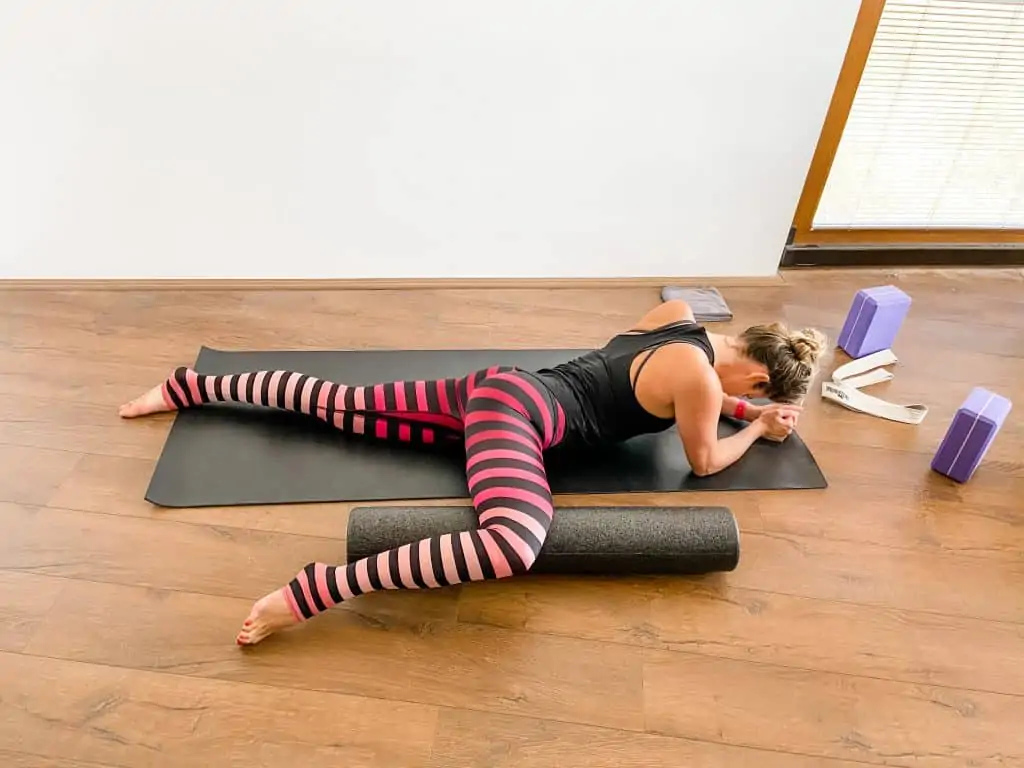
What is proprioception?
Proprioception is an essential concept in mobility and stability, relaying valuable sensory information to the nervous system.
Proprioception is the ability to know where a limb is in space – without looking. These sensory receptors (proprioceptors) relay information to the brain about a joint’s position.
When your eyes are closed, you should be able to tell the difference between standing and sitting. That’s because you receive a different set of sensory information that allows you to interpret the difference.
This sensory input helps the central nervous system to make decisions about movement.
What is kinesthesia?
Kinesthesia is the movement component, using feedback from proprioceptors and other means of sensory input.
Sensing kinesthesia is your own awareness of how you’re moving.
The kinesthetic sense plays a role in “muscle memory” and hand-eye coordination as we develop movement patterns.
Mobility vs. flexibility
Flexibility is often used interchangeably with mobility, which is not correct.
Flexibility is a component of mobility; however, good flexibility is not a predictor of good mobility or quality of movement.
Flexibility is the ability of soft tissues (muscles, tendons, fascia, ligaments) to lengthen passively through a range of motion.
Flexibility is also determined by the overall tone of the nervous system. Have you ever noticed you feel “tighter” when you’re stressed? This direct connection with the nervous system is also why aggressive stretching doesn’t yield the results you’re after.
If you always feel tight despite lots of static stretching, there’s probably something else going on.
Static stretching vs. dynamic stretching
Static stretching involves moving into a stretch position and holding that position for anywhere between twenty seconds and one minute. Static stretching can be an effective way to increase flexibility and is best used at the end of physical activity.
There is some evidence that performing static stretching before an activity can increase the risk for injuries.
Dynamic stretching involves moving your body through functional, activity-specific motions, for example, walking lunges, leg swings, torso twists, etc. This type of stretching is best performed after 5-10 min of low-intensity aerobic activity as part of a warm-up and can help reduce injury by preparing the body for activity-specific movements.
Everyone can make flexibility gains, but not everyone will be able to do splits, no matter what flavor of the week program comes along in your social media feed. It’s theorized that you can only improve your flexibility by about 25%. Genetic makeup determines the rest.
If a joint can only move so far, the soft tissue can only move so far. This is why workouts that claim to “lengthen muscles” are misleading. Muscles have fixed endpoints. They can only contract and relax so much.
It’s important to note that flexibility alone does not decrease your risk of injuries, but is a key player in overall mobility.
Good flexibility allows for improved mobility. Improved mobility enables you to move into positions with greater ease and less dysfunctional strain on tissues.
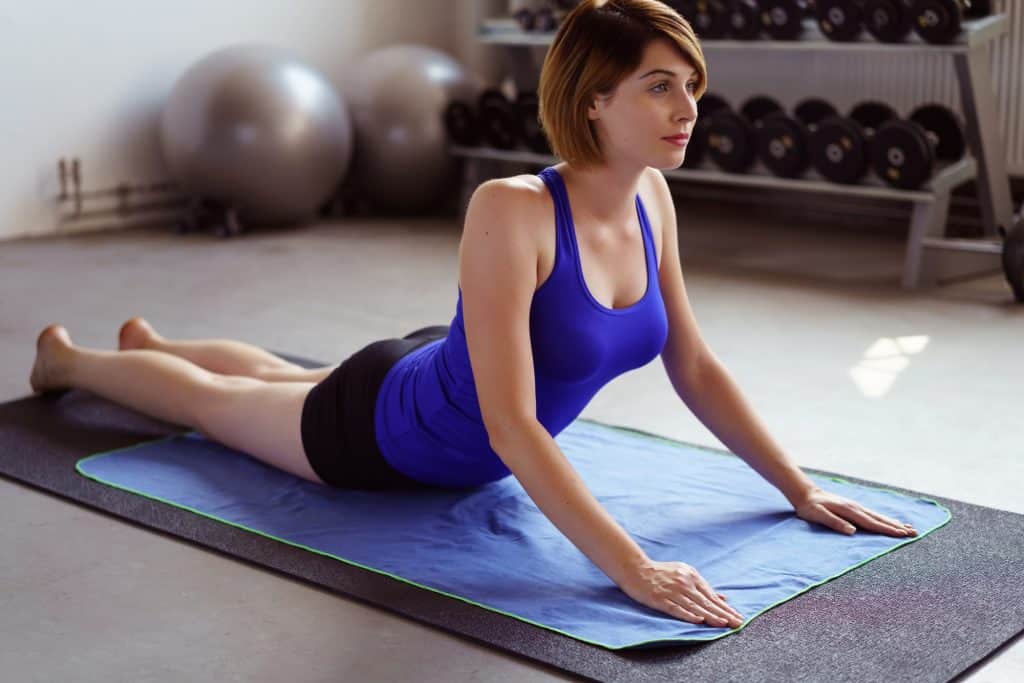
Why does mobility matter?
So by now, you should have a pretty good idea that mobility is an important piece of the puzzle. But let’s take a deeper dive into why it matters.
The quick answer is that poor mobility sets you up for injuries and limits your overall function.
Mobility spans much further than just fancy drills that everyone is doing at the gym. It also sets you up to stay active and independent throughout your lifespan.
Whether we’re talking about a fitness movement or everyday life, if you don’t use it, you lose it.
Let’s take a look at two very different examples.
Limited mobility for an active person might look like difficulty getting further down in their squat.
The first thing that comes to mind might be they need to get stronger, so they might try using more weight. But there are other factors to be addressed, such as ankle and hip mobility to allow their body to easily move into a better position.
They might also try experimenting with various types of squats and foot placement to accommodate factors within their anatomical structure that can’t be changed, for example, the angle of their hip sockets.
Limited mobility for an older person might look like difficulty getting up from a chair.
A casual observer might think they just need to develop more strength. That’s part of it, but they also might lack the range of motion to get into a good position that will allow them to stand up with ease, or they may not know the proper position to get into in the first place.
They might have significant tightness in their calves, preventing them from getting their feet underneath them, or limited hip mobility, preventing moving the torso over the legs to stand up with ease.
Limited mobility can significantly limit quality of life. It’s easier to maintain than trying to get later.
Both examples can benefit from (different) mobility exercises.
What impacts mobility?
As you’ve probably guessed, many different factors can affect mobility.
- Injuries
- Genetics
- Muscle weakness or imbalance
- Lack of activity or sedentary lifestyles
- Flexibility or range of motion restrictions either at the joint or soft tissue level
- Deceased body awareness – difficulty processing proprioceptive cues or decreased kinesthetic awareness
- Poor form execution of movement patterns
- Poor posture
How to improve mobility, stability, and flexibility
You don’t have to be a professional athlete to improve your mobility. Here are some ways that everyone can work on mobility, stability, and flexibility.
- Build a well-rounded fitness program that includes strength training, cardiovascular exercise, flexibility/mobility, and balance exercises.
- Learn the proper form for exercises.
- Regularly move your body through full ROM – this will help you catch issues faster, and problems will be easier to address.
- Practice activities that incorporate movement mindfulness and breathwork such as Pilates, yoga, and tai chi to facilitate proper breathing mechanics.
- Work on balance and proprioceptive exercises.
- Improve your muscle strength
- Use mobility tools like foam rollers.
- Incorporate mobility exercises into your routine specific to your needs.
- Work with a physical therapist to address injuries or restrictions limiting function.
- Work with a personal trainer to establish an individualized exercise program.
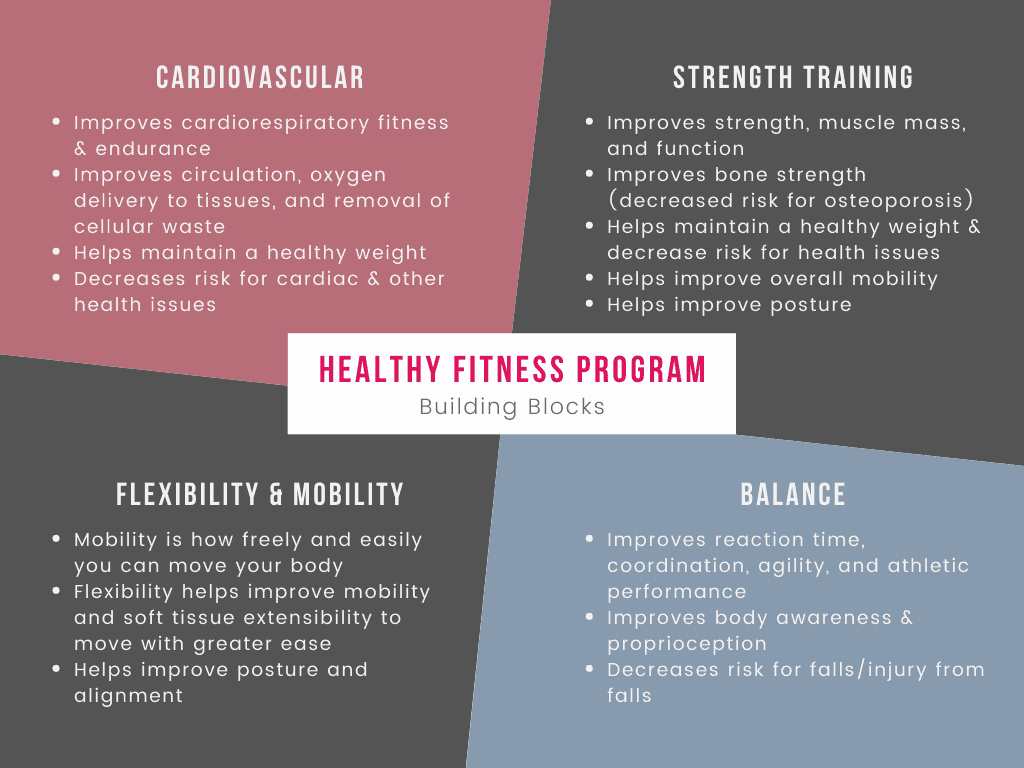
Breathwork and mobility
What does breathing have to do with mobility?
Deep breathing is a natural hack into the nervous system and often overlooked in healthy movement.
Deep breathing has a connection to the vagus nerve, the longest cranial nerve in the body, running through the throat, chest, and abdomen, helping to elicit a relaxation response to decrease heart rate, blood pressure, and reduce the concentration of stress hormones circulating the body.
Slow, controlled breaths can signal to the nervous system that everything is fine and help your body relax and move better.
Deep breathing also mobilizes the diaphragm. When you breathe in, the diaphragm contracts and flattens, creating more space and a vacuum-like effect for the lungs to fill with air.
By contracting and moving downward, it’s also compressing the abdomen. The diaphragm is part of the core’s deepest layer and works in conjunction with other deep stabilizing muscles.
Holding your breath or breathing out of sync with your activities can limit your mobility, among other issues.
Best tools for mobility, stability, and flexibility work
Here are a few of the easiest tools to keep around for mobility, stability, and flexibility work.
For more ideas, check out The Best Affordable Physical Therapy Tools for Home.
Foam roller
A foam roller is one of the most useful items for all-around mobility work. You can use a foam roller to massage and mobilize soft tissues or assist with joint mobility, for example, thoracic spine extension.
You can also use a foam roller for stability and abdominal work.
Check out the foam roller exercise library for more ideas.
Best foam rollers
The Amazon Basics foam roller (36-inch) is a great starter foam roller to cover all your needs.
I also like the OPTP line of foam rollers, which come in soft, medium, and firm densities (and fun colors).
My favorite space-saving foam roller option is the Trigger Point Grid Plus.
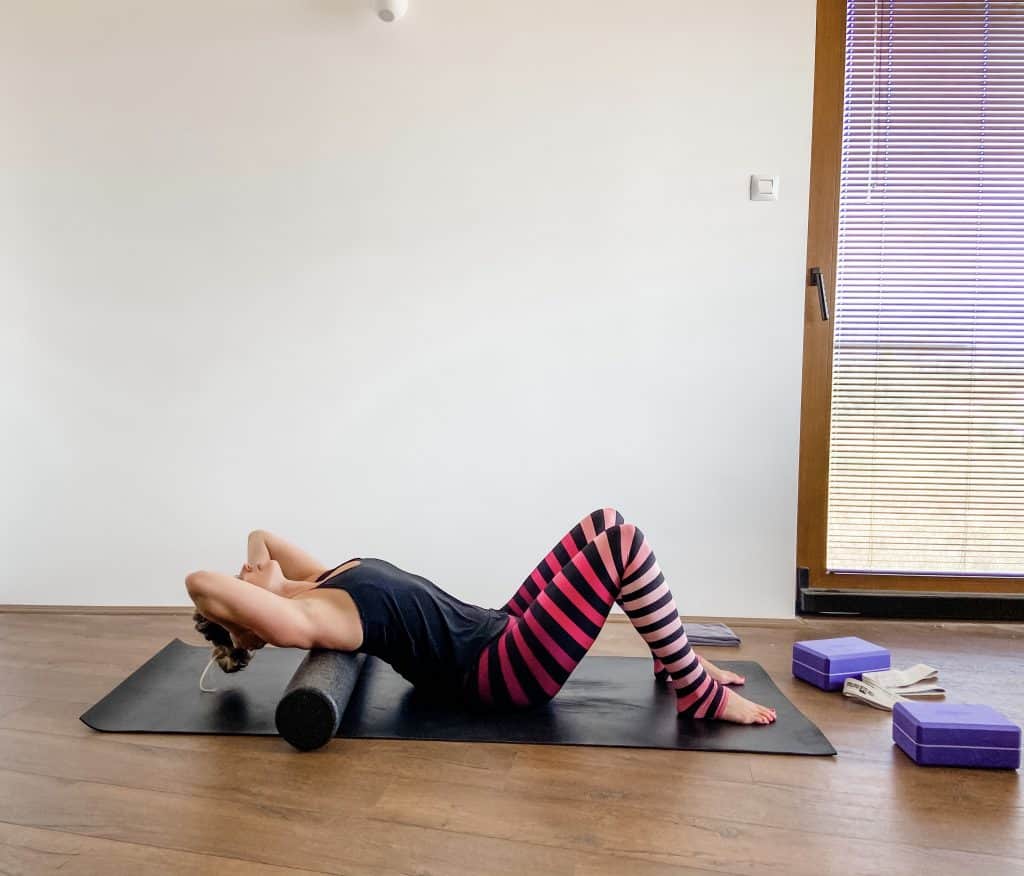
If you’re into fitness tech, check out vibration therapy.
There is some evidence that vibration can decrease pain via the gate control theory, which modulates pain sensations sent back down from the central nervous system based on sensations put in.
If you find foam rolling to be a terrible and painful experience, vibration therapy might make it more tolerable.
Check out Sidekick’s vibration therapy tool or the Trigger Point Grid Vibe Plus.
Muscle scraping
Muscle scraping tools offer a different type of soft tissue mobilization that can’t be accomplished by hand. You can really feel the grittiness of those myofascial adhesions.
There is evidence that using instruments to mobilize tissue can help improve scar tissue mobility and myofascial adhesions to decrease pain and improve short-term range of motion (ROM) and overall mobility.
Scraping is an excellent adjunct to your regular foam rolling routine, along with stretching and mobility exercises for best results. My favorite muscle scraping tools are from Sidekick.
To read more about how muscle scraping can help you address problem areas at home, check out my full review here.
Stretch strap
If your flexibility is limited, stretching can be a challenge. Pushing yourself too far can render stretching counterproductive and even cause injury.
A strap can help extend your reach and make stretches more accessible while maintaining proper alignment.
The original stretch out strap is a cult favorite with its many loops to fit anyone. It also functions as a yoga strap to help you get deeper into your poses without sacrificing other areas.
Balance pad
Improving your balance can improve reaction time and agility and decrease your risk of injury.
Balance pads are a small piece of equipment to have at home to add challenge to many exercises to improve strength and stability.
Their squishy surface even makes them ideal for padding your knees during kneeling exercises or even yoga.
Bosu ball
A BOSU ball provides two different surfaces to work on strength, balance, and stability and can offer a full-body workout more challenging than a balance pad.
Just bring yourself
Plenty of mobility, stability, and flexibility exercises can be performed with no special equipment at all.
How to use mobility exercises the right way
Mobility exercises are super trendy right now, and there are tons of options. You can easily get overwhelmed by spending just a few minutes on YouTube or Instagram with the sheer volume of choices.
Focus on mobility exercises that your body needs.
You don’t have to do everything just because it’s popular. Focus on what you need. (If you’re not sure what you need, get to a physical therapist for a biomechanical evaluation.)
Not every mobility exercise is going to feel great for you. Whichever you choose should make you feel like your movement improves and prepares you for your fitness activities.
The best time to do mobility work is before exercising as part of a dynamic warm-up to maximize your workout, focusing on your trouble areas.
It shouldn’t take you longer to do mobility exercises than your actual workout! We’re talking about just a few minutes to loosen up joints and soft tissues to move freely and easily.
Mobility work can also be done on its own to maintain movement.
Save static flexibility for either post-workout or on its own.
Remember, your anatomy and genetics predetermine some level of your mobility, stability, and flexibility. You will never look exactly like someone else.
Wrapping up
A healthy balance of mobility, stability, and flexibility is required for all movements.
Mobility exercises are trendy right now, but there are many ways to develop good mobility other than traditional mobility exercises.
Remember, mobility exercises will only get you so far. It’s one slice of a healthy movement pie. You can do all the mobility work you want, but if your form is terrible or you’re overdoing it, it doesn’t mean much.
Takeaway – If you can move well with less effort, there is less risk of injuries and long term wear and tear.
Now go get moving!
Related Articles:
- The 7 Best Foam Roller Exercises to Combat Poor Desk Posture
- How to Improve Your Body Awareness for Injury Prevention
- Foam Rolling 101 – Is It Worth The Hype?
- How To Stretch The Right Way
References
Anthony A. Vandervoort (1999) Ankle mobility and postural stability, Physiotherapy Theory and Practice, 15:2, 91-103, DOI: 10.1080/095939899307793
Cook G, Burton L, Hoogenboom BJ, Voight M. Functional movement screening: the use of fundamental movements as an assessment of function – part 1. Int J Sports Phys Ther. 2014;9(3):396-409.
Granacher U, Hortobágyi T. Exercise to Improve Mobility in Healthy Aging. Sports Med. 2015;45(12):1625-1626. doi:10.1007/s40279-015-0405-9
Hodges, Paul & Gurfinkel, Victor & Brumagne, Simon & Smith, T & Cordo, P. (2002). Coexistence of stability and mobility in postural control: Evidence from postural compensation for respiration. Experimental brain research. Experimentelle Hirnforschung. Expérimentation cérébrale. 144. 293-302. 10.1007/s00221-002-1040-x.
Mahieu, Nele & Danneels, Lieven & McNair, Peter. (2004). Stretching and injury prevention – An obscure relationship. Sports medicine (Auckland, N.Z.). 34. 443-9.
Page P. Current concepts in muscle stretching for exercise and rehabilitation. Int J Sports Phys Ther. 2012;7(1):109-119.

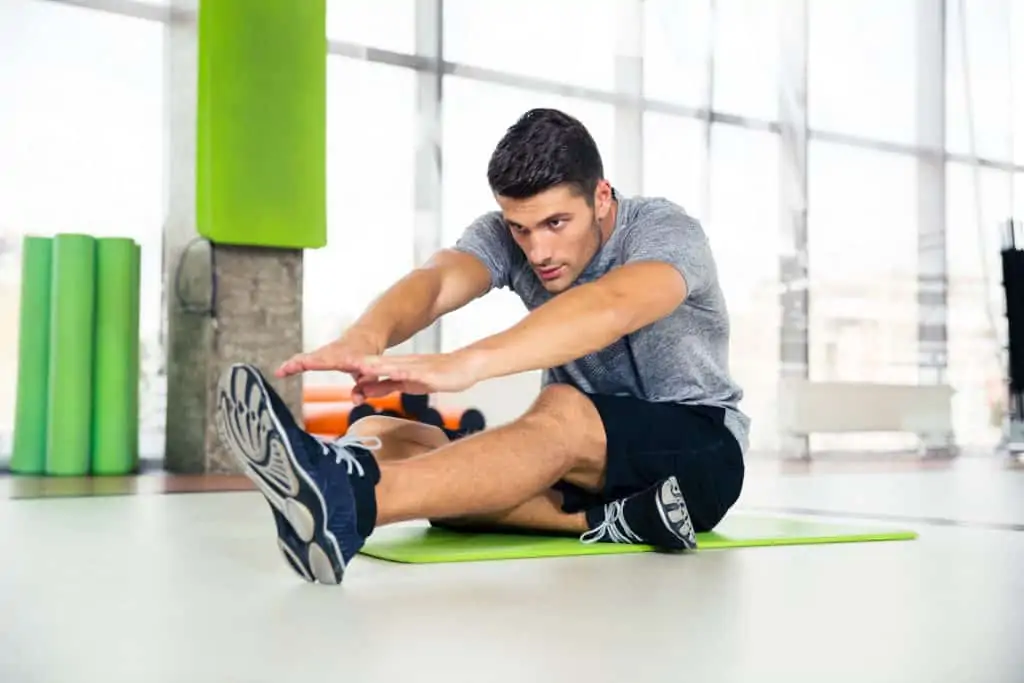
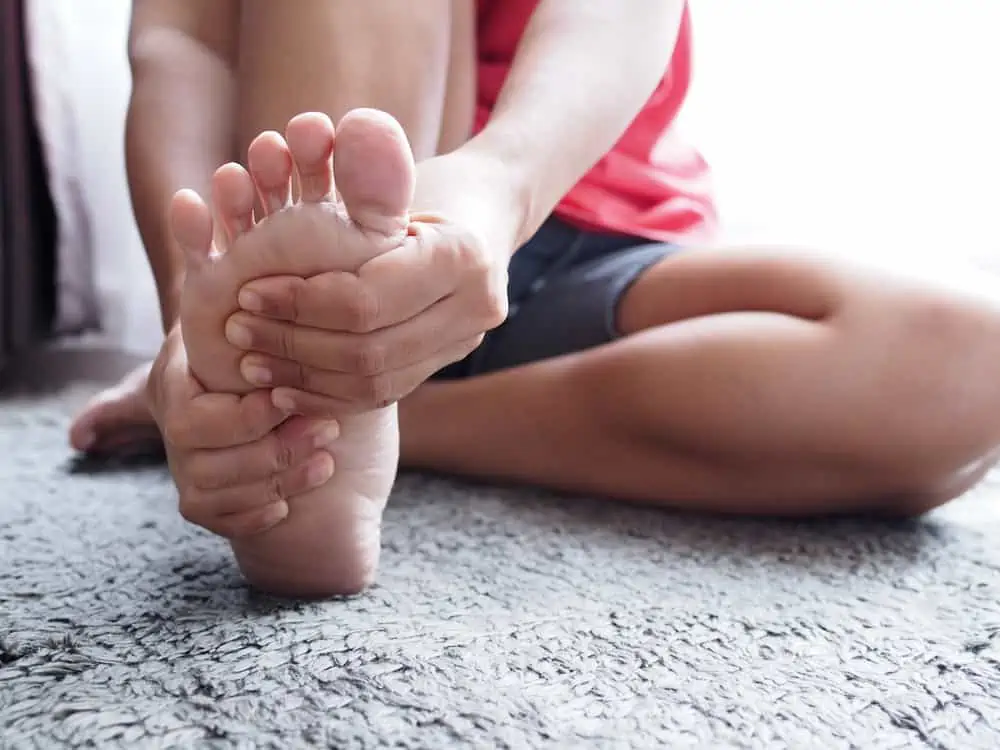
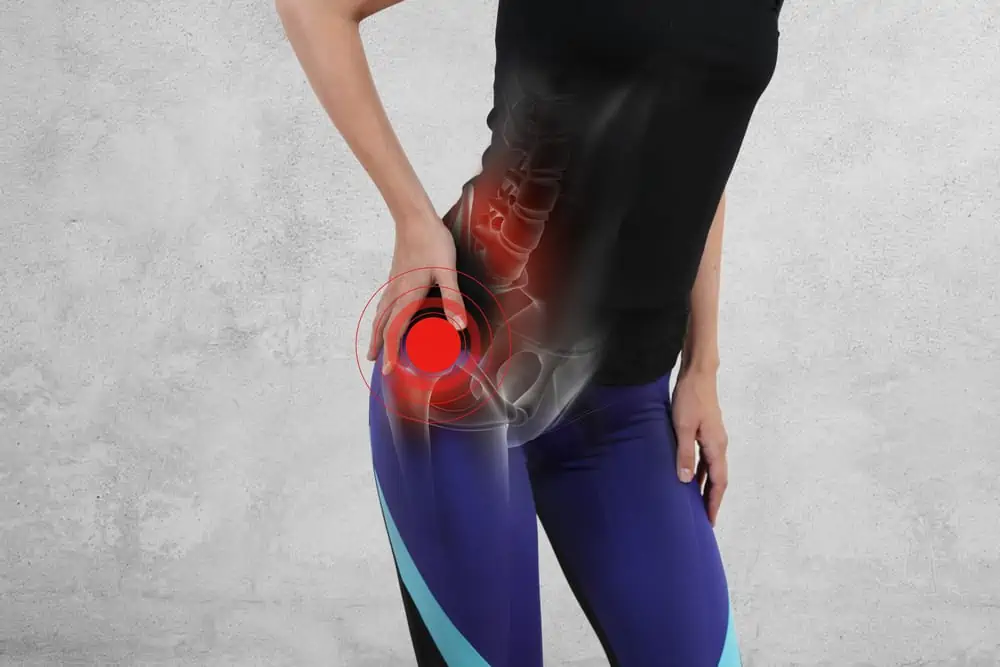
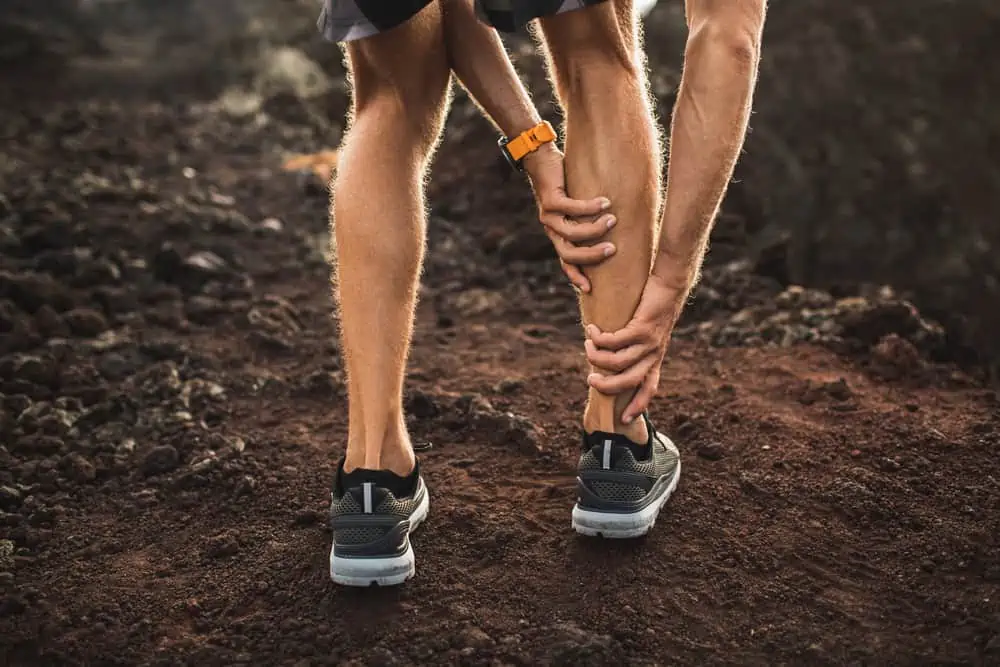
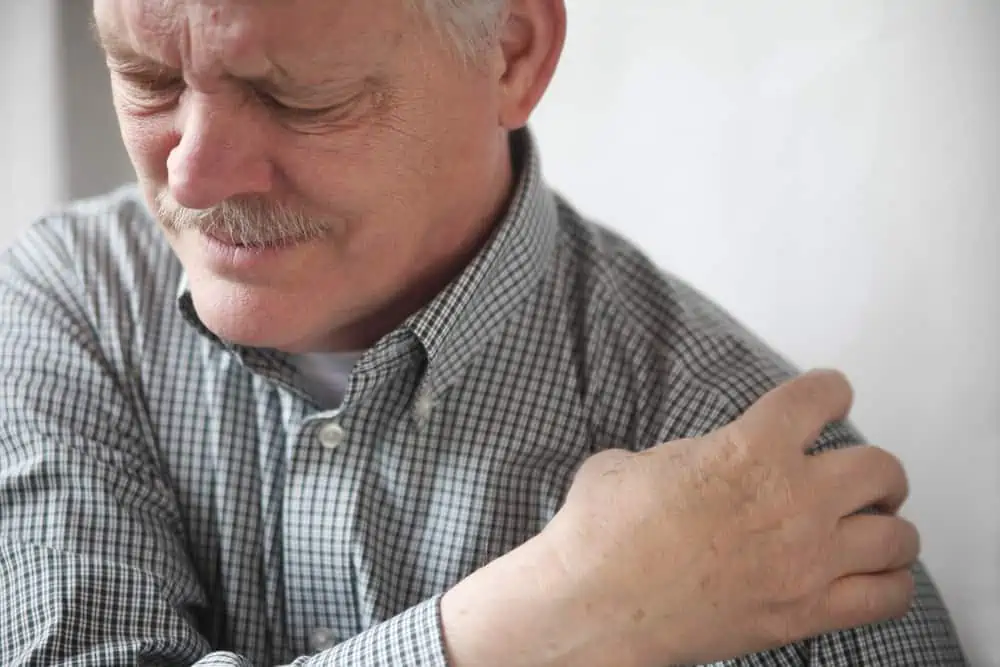
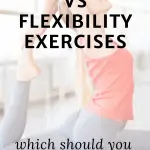

Very thorough article on mobility. I work with cancer survivors who have all sorts of mobility issues. I encourage them to seek help from a physiotherapist. Exercises and healthy living are difficult without being able to move well. Thank you for this article.
Thank you, Patricia. Yes, physical therapy is an important part of cancer rehabilitation, keep encouraging! Thank you for reading.
wow, thank you so much for such a detailed breakdown. As someone that is limited, this truly helps. Have a blessed day~
Glad it was helpful, thank you for reading!
I found this very interesting. I had bilateral prophylactic mastectomies 7 months ago and had a postop haemorrhage on one side. It lead to a prolonged recovery. I wasn’t able to do any upper body exercises because I still had swelling and pain after the haemorrhage. After 6 months my surgeon finally allowed me to do yoga and other upper body exercises, but I immediately had severe pain in my back, chest and arms. The muscles have wasted away through lack of use. I have an appointment with an Exercise Physiologist to start me on an exercise program that won’t cause injury, and build those muscles up again.
Thank you for sharing your story, Christina. Physical therapy is such an important part of rehab post-mastectomy as the procedure greatly affects upper body movement and function. I’m glad you’re able to start activity again and I wish you lots of luck in your rehabilitation. Thank you so much for reading.
Great post! Honesty i started sing mobility exercises during the quarantine. Because I met a friend who is a mobility trainer and I injured my hip flexor. And I loved it! I always focused amor on flexibility but now that I do mobility my body feels so much better. Thankyou for explaining the difference!!! Is a must known concept for everyone who exercises
Quarantine is a great time to start exercise as staying inside often leads to lots of sitting. After a while, you can really start to feel stiff. I’m glad the article was helpful and thank you for reading!
This post is exactly what I needed to read. I am on a journey to bring my body back to shape. Thank you for sharing.
I hope the information is helpful to you, thank you for reading.
Great information and very useful. I did not know this and I really needed it.
Thank you for reading. Yes, there is definitely some confusion on the topic, and terms are often used incorrectly.
Thanks for this thourough breakdown! I definitely need to adjust my warm-up routine
I appreciate your details on ROM, stability, and flexibility! Stretching before and after workouts is so important and is always apart of my daily routine. All of your topics here make a huge impact on health.
Thank you for reading Alyssa!
Thank you for reading, I’m glad it was helpful!